Hey there, mate! Time to sink those paws deep into a topic that’s stitched into the core of the bear community: the leather code.
Have you ever found yourself asking, “What is the leather code in the gay community?”
Or, “What do the colors mean?”
Well, this story is for you!
And it’s just in time because the Folsom Street Fair [NSFW link] is right around the corner!
Let’s jump into the leather code’s origins, unravel the meaning behind those vibrant colors, and, for the sake of clarity, distinguish between the leather code and the hanky code.
Ready? Let’s roll.

The Origins of the Leather Code
The leather subculture originated post-World War II when motorcycle clubs started forming across the US. It wasn’t just about riding bikes; it was about camaraderie, freedom, and a raw sense of masculinity.
With that, the leather attire was adopted – a rugged symbol of the scene.
During the late ’50s and ’60s, as gay communities sought places of acceptance, they naturally gravitated towards the strong, masculine, and brotherhood vibes of these biker groups.
Thus, the gay leather community was born. It wasn’t just a style; it was a statement, a lifestyle.
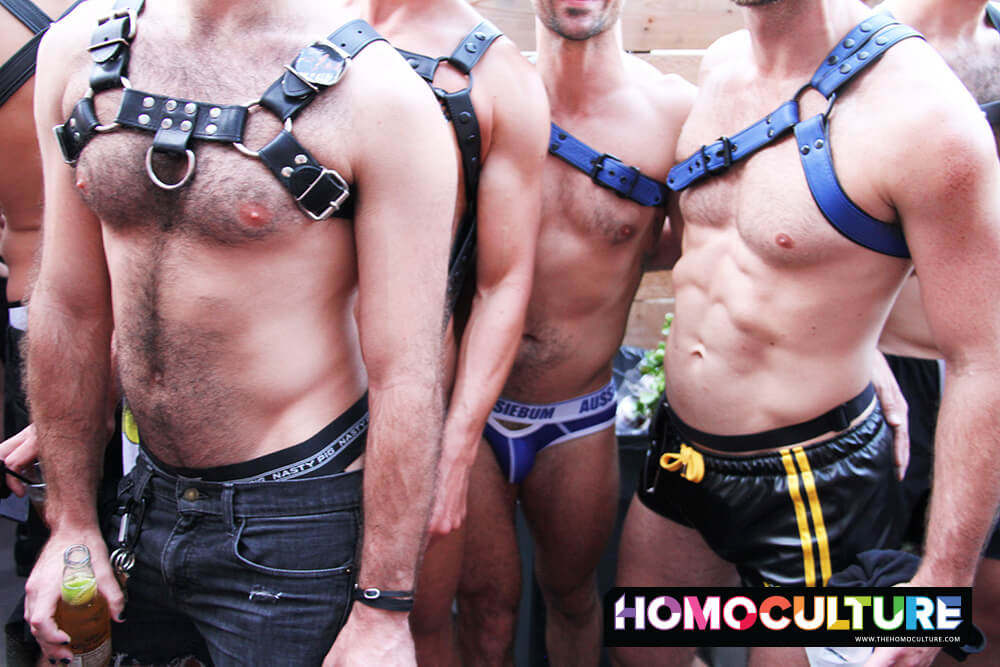
What is the leather code in the gay community, and the meaning of its colors?
Before diving deeper into the rich palette of the leather code, it’s worth noting that each hue resonates with more than just the overt implications they signify.
These colors, worn with pride, hint at tales untold, histories interwoven, and profound connections that go beyond the surface.
But what could these stories be?
Really, what is the leather code in the gay community?
Let’s unravel the threads behind each shade, revealing their deeper resonance within the community.
Black
The foundation of the leather community itself, black stands tall and proud. It doesn’t just symbolize S&M; it signifies strength, unity, and resistance.
Post World War II, when the leather subculture was intertwined with motorcycle gangs, black leather jackets were the emblem of rebellion and counterculture.
They were rugged and symbolized the raw masculinity associated with bikers.
As the leather scene grew within the LGBTQ+ community, black leather retained its iconic status, encapsulating the essence of the scene.
Blue (Light and Navy)
Blue has always been associated with depth and stability. In the leather code, different shades of blue take on different meanings. Light blue, with its softer tone, leans toward oral activities – a form of intimacy and connection. Navy blue, deeper and bolder, signifies anal activities, indicating a level of trust and vulnerability.
Green
In many cultures, green signifies growth, harmony, and freshness. In the leather code, it appropriately represents those who are new to the scene. Just as green leaves symbolize budding life in nature, a green band in the leather scene shows the beauty of exploration and the journey of discovering one’s desires.
Red
Red has always been a color of intensity, passion, and danger. Its association with fisting in the leather code is no coincidence. This act requires trust, understanding, and, above all, a deep connection between partners. The boldness of the color matches the intensity of the act it represents.
Yellow
Bright and attention-grabbing, yellow’s association with golden showers might seem humorous to some. But within the community, it serves as a clear communication of a specific fetish, emphasizing the importance of consent and understanding in the scene.
Grey
Grey is the color of balance. It doesn’t shout, nor does it fade into the background. Its association with bondage—a play of control and surrender—mirrors this balance. Bondage is as much about trust as it is about the act itself, and grey perfectly embodies this duality.
Purple
Historically, purple has been a color of royalty, luxury, and power. Its association with piercings in the leather code can be seen as a nod to the empowerment and assertion of one’s identity that piercings can symbolize.
Orange
Orange stands out. It’s vibrant, energetic, and full of life. As the wild card in the leather code, it shouts, “anything goes!” It’s the color of adventure, open-mindedness, and a willingness to explore uncharted territories.
Brown
Brown, being earthy and natural, relates to grounding and stability. In the leather code, its association with scat play is a reminder that fetishes can be raw, primal, and deeply rooted in our psyches.
What is the leather code in the gay community? It’s more than colors…
The leather code colors are more than just a way to communicate kinks and fetishes. They reflect history, community, and individual journeys.
Each hue tells a story—a tale of evolution, acceptance, and a continuous journey of self-exploration. As the leather community grows and evolves, these colors remain firm, echoing tales of yesteryears and whispering secrets of the days to come.
The next time you find yourself asking, “What is the leather code in the gay community?”
Or…
You spot these colors…
Remember, there’s a rich tapestry of history, emotions, and tales intertwined with each shade.
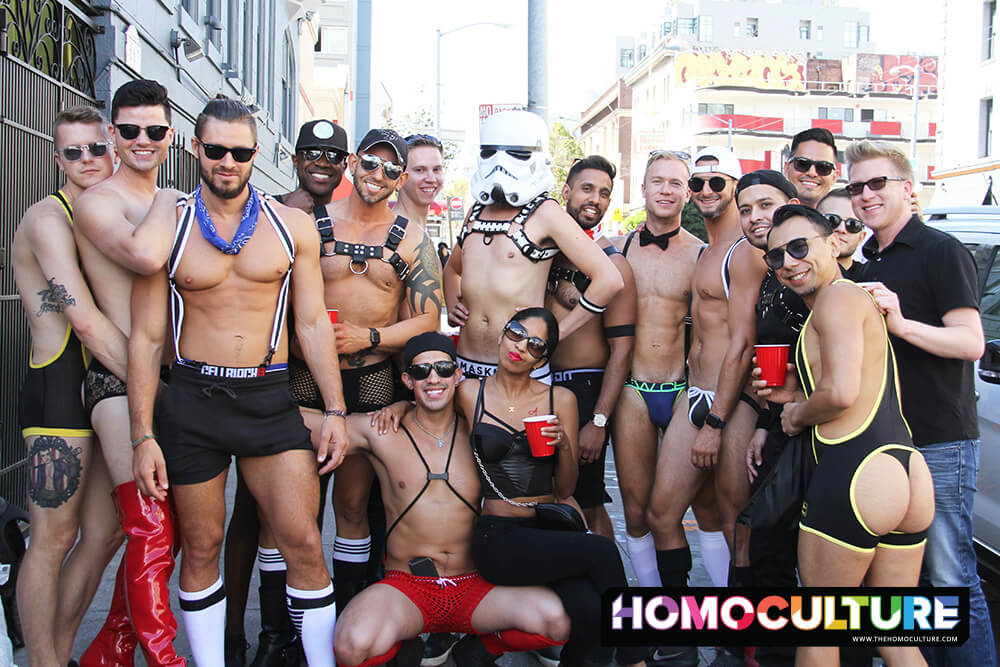
The Leather Code vs. The Hanky Code
Now, mate, there’s often confusion between the leather and hanky codes. Let’s clear the air. The leather code revolves around the leather community’s principles, behaviors, and, of course, those colored bands and patches. It’s a culture, a lifestyle.
The hanky code, on the other hand, is more straightforward. Originating in the ’70s in San Francisco (ah, the vibrant heart of so much LGBTQ history!), It’s about gay men flagging their interests and fetishes using colored handkerchiefs, typically in their back pockets.
The colors, much like the leather code, signify different activities and preferences. So, while there’s overlap in the colors and their meanings, the primary difference lies in the history, intent, and the communities they originated from.
Embracing the Code
Now we’ve answered the question, “What is the leather code in the gay community?”
How do we embrace it?
For many, the leather code isn’t just about colors and meanings.
It’s a nod to a rich history, a badge of belonging, and a path paved with traditions. It’s about understanding where we come from, what those before us fought for, and how the threads of the past weave into the fabric of our present.
Whether you’re proudly sporting a leather wristband at the local bar or just keenly observing and learning, remember: it’s more than just colors.
What is the leather code in the gay community?
It’s a legacy, a community, and a statement of intent.
To the uninformed, it’s just attire. To those in the know, it’s a language. So, next time you’re out and about, whether it’s in the bustling streets or the dim-lit corners of your favorite cruising bar, let those colors speak, listen to their tales, and be a part of this ever-evolving narrative.
Remember, every color has a story; what’s yours going to be?
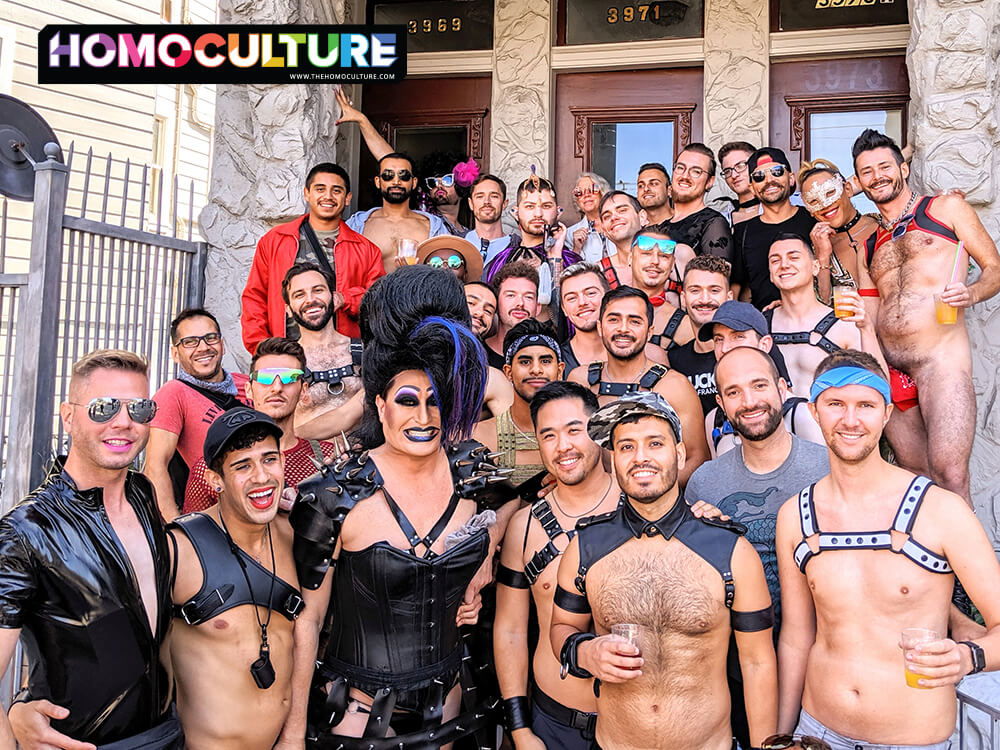


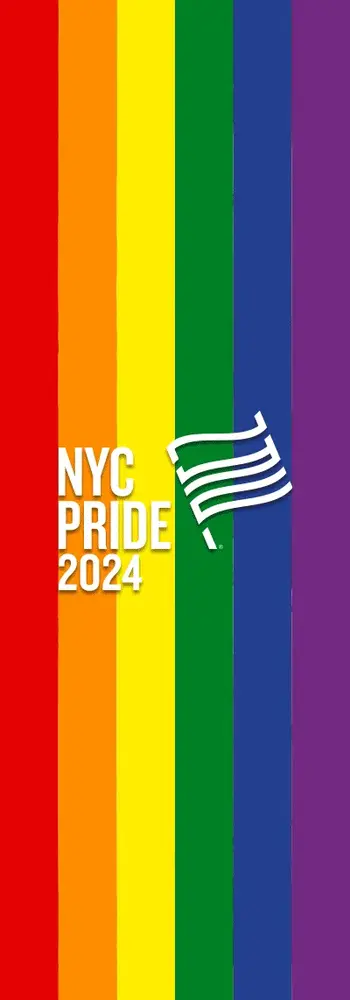
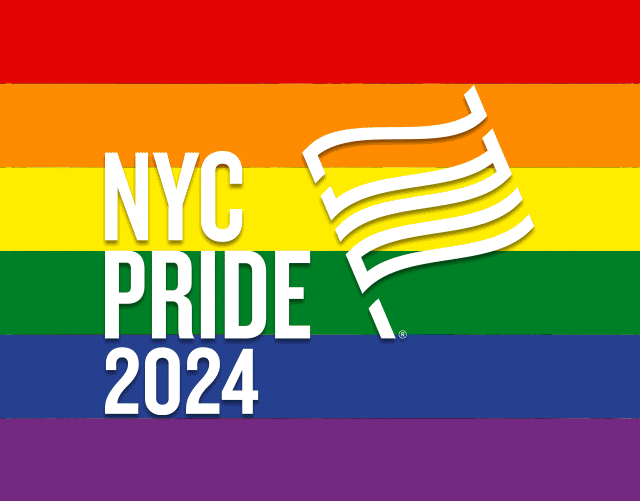
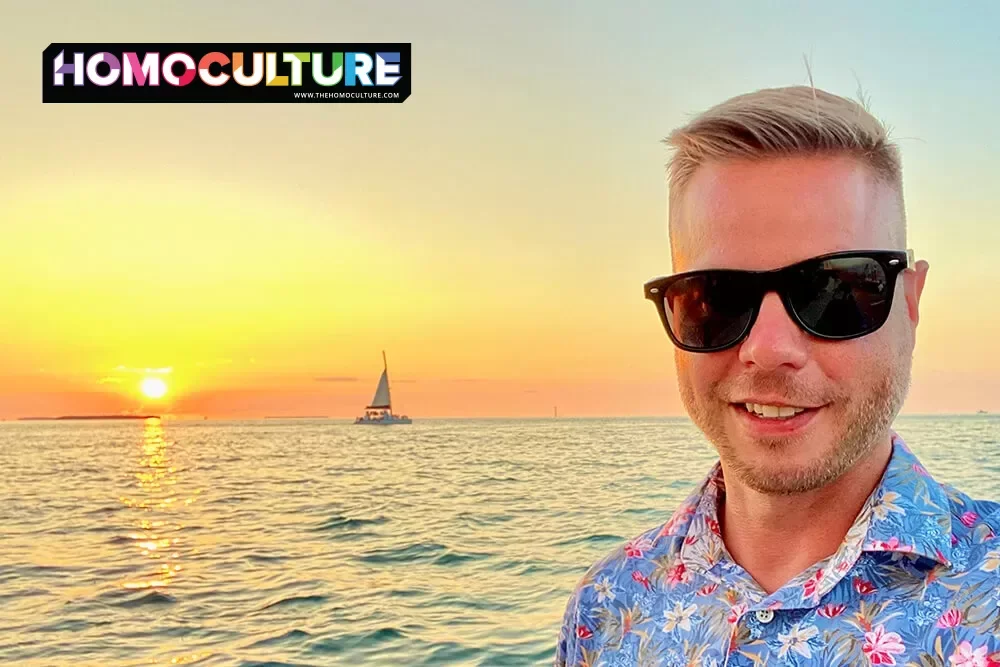
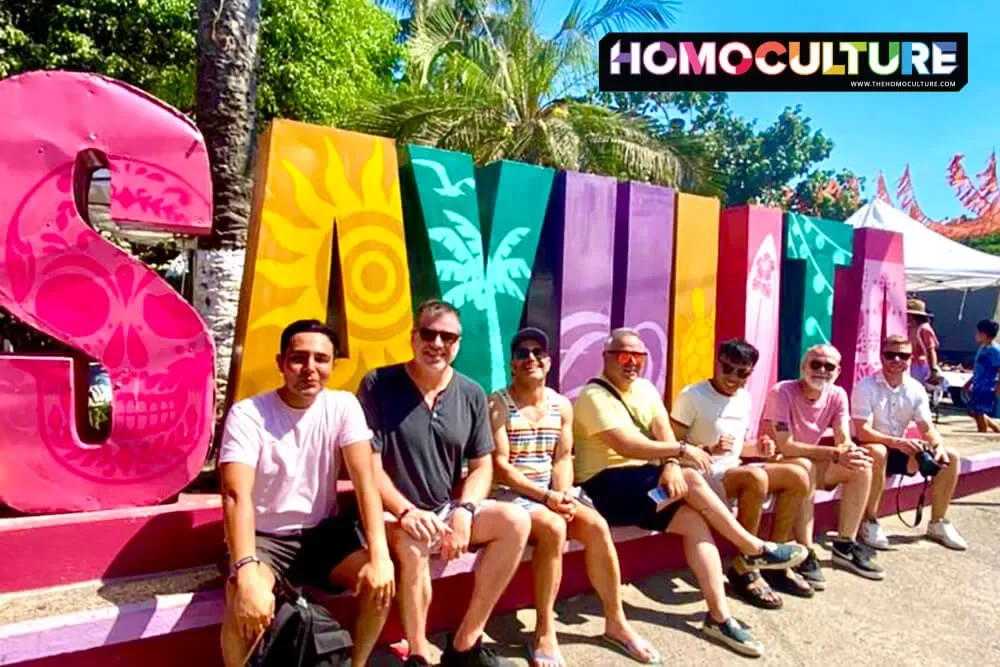
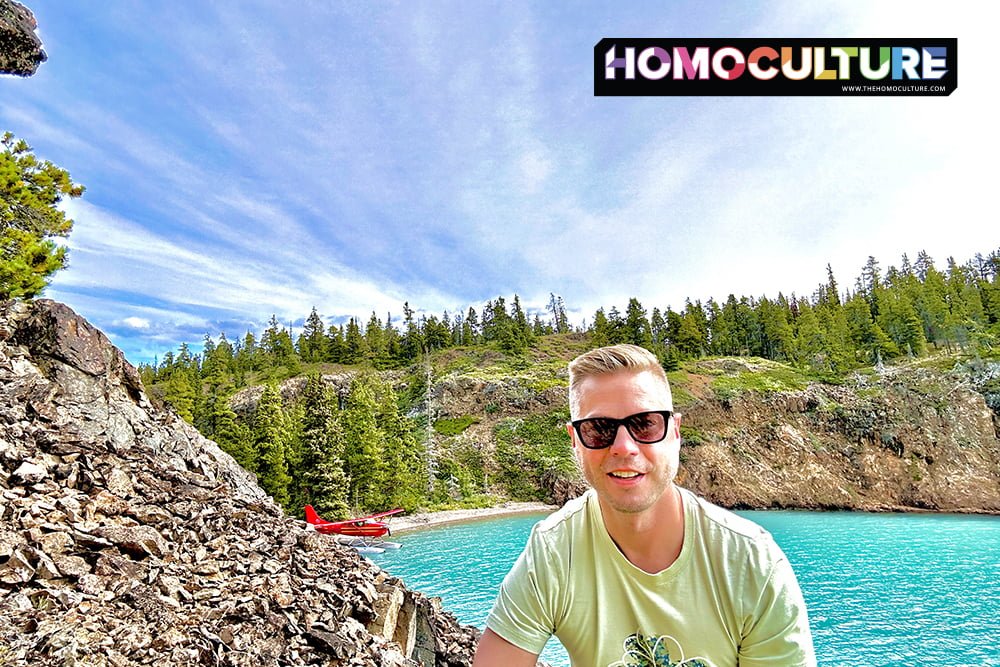
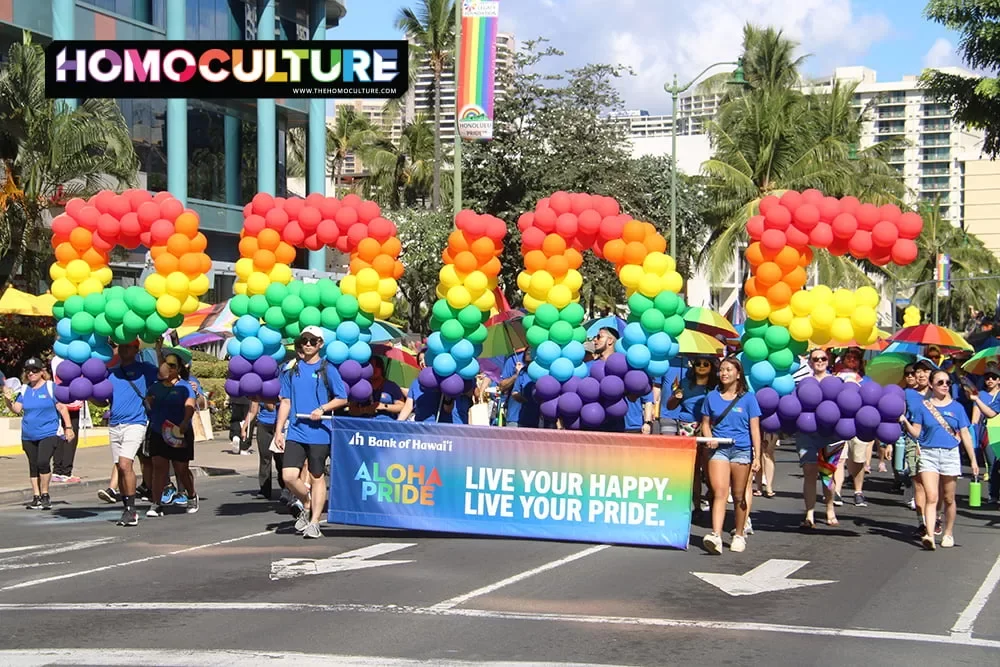
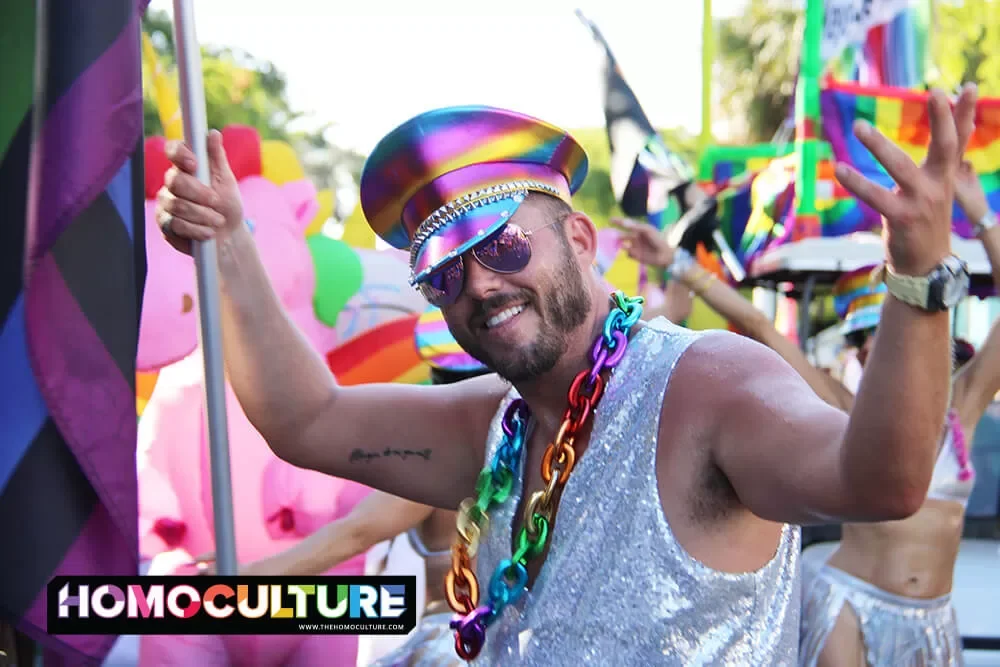
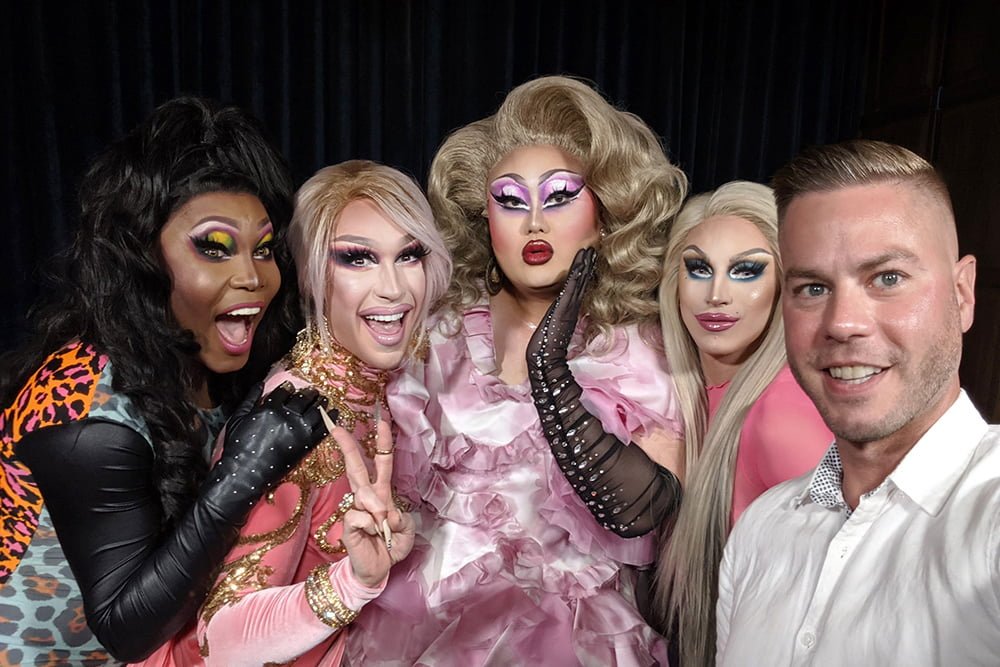
0 Comments